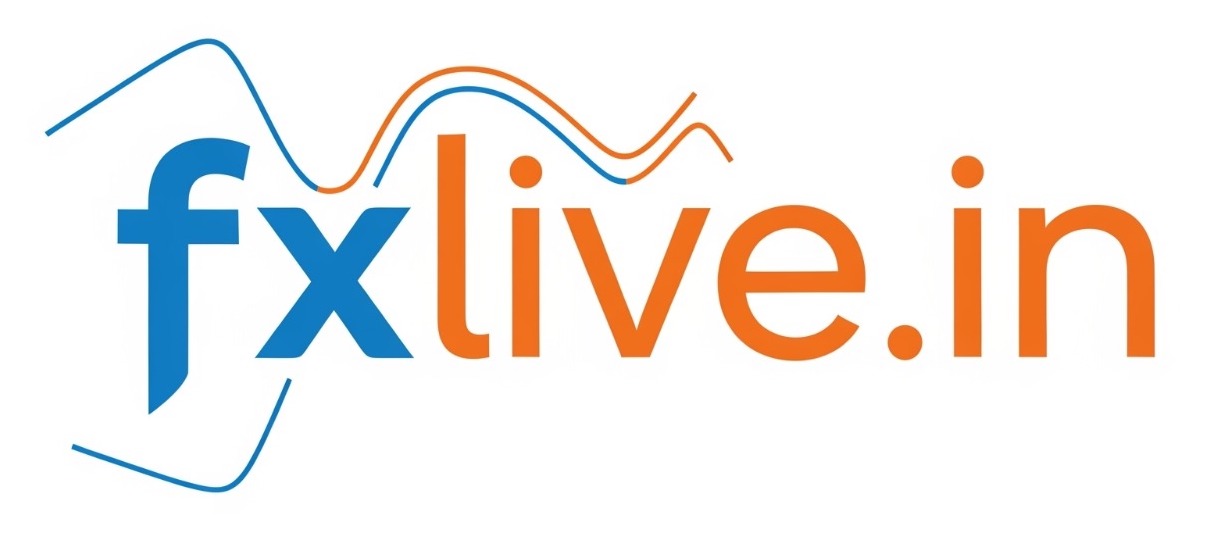Jai Siya Ram
What’s Being Proposed
- Replacing the Random Lottery with a Wage-Based Weighted System
- Instead of selecting H-1B visa applications randomly when demand exceeds the annual cap, the plan is to prioritize applications that offer higher wages, making them more likely to be selected.
- Under the proposed system, there would be wage tiers (from Wage Level I up to Level IV). Applications tied to higher wage levels would receive more “entries” in the selection pool—thus increasing their chance of selection. For example, a Level IV wage job might get 4 entries while Level I gets 1.
- Maintenance of Key Caps & Degree-Based Slots
- The total annual cap of 85,000 H-1B visas is expected to remain: that’s 65,000 under the regular cap + 20,000 for those with U.S. master’s degrees or higher.
- The advanced-degree exemption (master’s and above slots) will continue.
- New Application Fee & Additional Cost Burden
- Separately but related, there is a White House proclamation introducing a $100,000 annual fee for new H-1B visa applications. This is expected to discourage lower-wage/entry level uses of the visa program.
- Estimated Economic Effects
- The government estimates that the total wages paid to H-1B workers under the new system would increase by about US$502 million in FY 2026, rising further to about US$1 billion in 2027, US$1.5 billion in 2028, and US$2 billion in future years.
- It’s estimated that about 5,200 small businesses that currently receive H-1B workers might face significant economic difficulty (due to higher wage offers required, lower chances in the lottery, etc.).
Who Will Be Affected & How
- Foreign applicants, particularly from countries like India, which supply many H-1B workers: entry-level or lower wage applicants will face steeper competition and lower odds of selection.
- Employers, especially smaller businesses or startups that tend to hire for lower wage/specialty roles, may find it harder / more expensive to sponsor H-1B workers. They may need to adjust wage offers, change hiring practices, or rely less on the H-1B route.
- Higher-skilled professionals in high wage levels will benefit: their applications will have a better chance, especially for roles in advanced tech, research, or senior positions.
- Economic sectors that depend heavily on younger or entry-level foreign talent will be impacted: e.g. IT, outsourcing, academic research, etc.
Why It’s Being Proposed
- To protect American workers by ensuring that foreign hires are paid more, so there’s less downward wage pressure or undercutting.
- To prioritize skill and compensation rather than simply chance; incentivize roles that offer higher wages / are more specialized.
- To reduce what the administration describes as “misuse” of the program—situations where foreign workers are hired as cheaper alternatives rather than filling critical skills gaps.
What’s Still Unclear / Risks & Challenges
- Final regulation & timing: The proposal is under notice (public comment period), and there’s no guarantee yet exactly when it will come into force. Possible effective date is for the FY 2026 lottery (which begins March 2026), if finalized in time.
- Legal challenges: Similar proposals in past administrations have been delayed, blocked, or modified due to lawsuits over how they were implemented, or over how the wage levels were defined.
- Impact on innovation / workforce pipeline: Critics argue that reducing access for entry-level or lower wage roles could discourage young talent, reduce diversity of the workforce, or push foreign workers to other countries.
- Cost burden on companies: The $100,000 fee, higher wage requirements, plus possible compliance/rule changes could increase overhead, especially for smaller players.
- Unchanged aspects: Some parts of the system (cap numbers, degree-based exemptions) are likely to stay, but how strictly wage tiers will be enforced, what wage floors are set, how geographic cost of living will factor in (since paying “higher wages” in, say, San Francisco vs rural US are very different) is not fully specified.
Timeline & Next Steps
- The Department of Homeland Security (DHS) has published the proposal and is collecting public comments – typically a 30-day window.
- The rule has cleared key steps such as approval by the White House Office of Information and Regulatory Affairs (OIRA) earlier (in August 2025).
- If finalized in time, the new selection process could be used for the FY 2026 lottery registration period (which starts around March 2026).
Implications & Big Picture
- This represents a significant policy shift in how the U.S. government values foreign skilled labor: moving from “first come / random” to “merit / compensation based.”
- It could reshape how global tech, research, and immigration pipelines work — companies may need to offer higher salaries to foreign workers, or otherwise adjust hiring strategies.
- Countries that have been exporting skilled talent to the U.S. may see reduced inflows for certain kinds of positions; this may influence migration trends.
- Could spur competition from other immigration-friendly countries (Canada, UK, Australia etc.), which may attract skilled workers who find the U.S. process less accessible.


